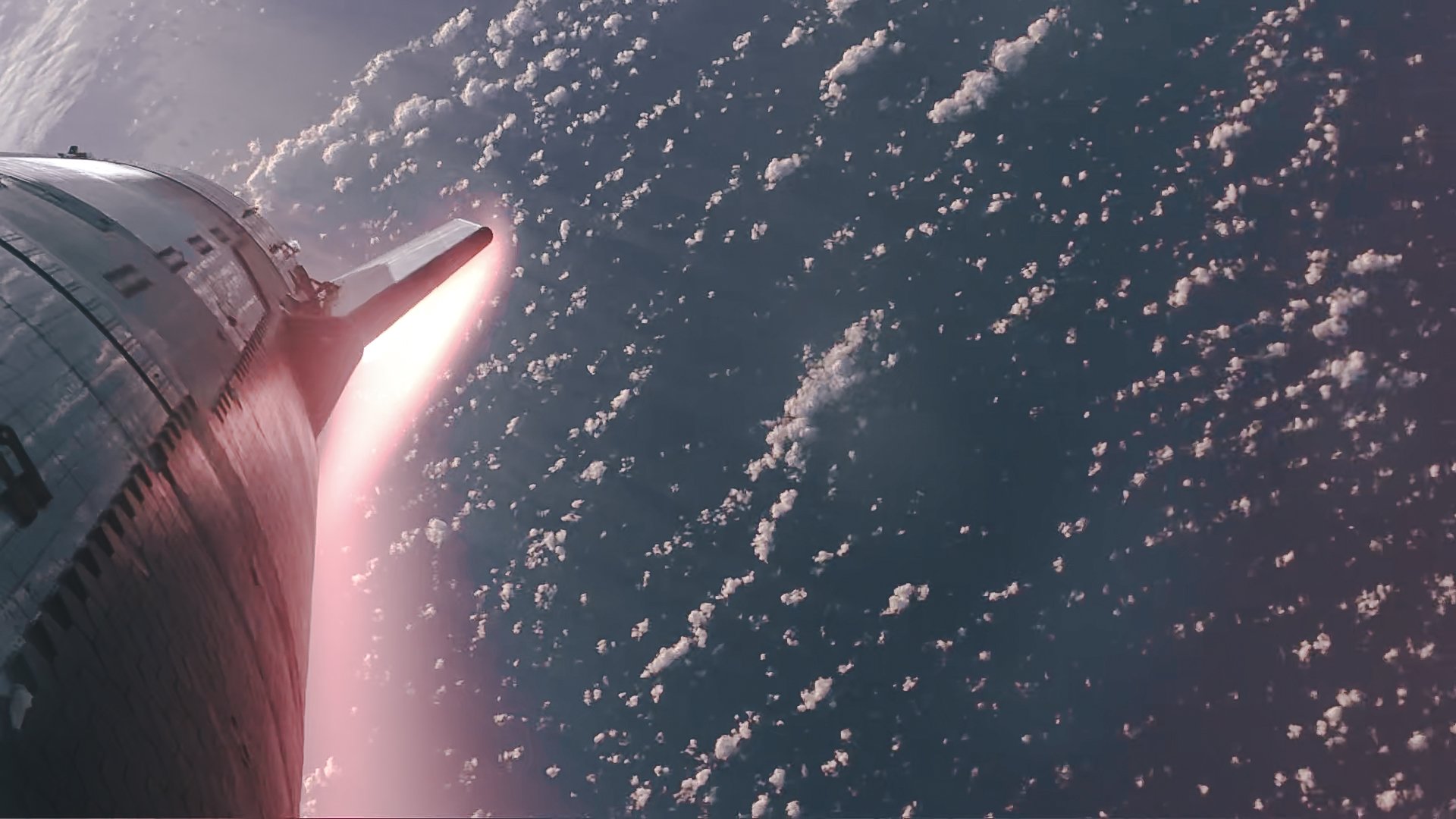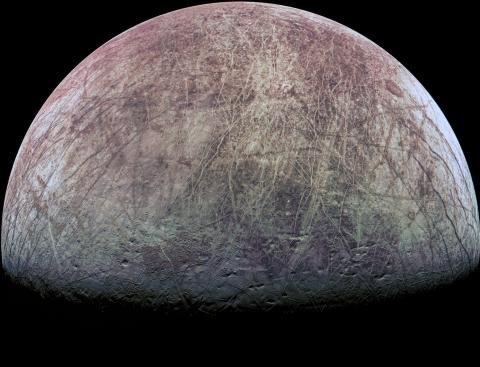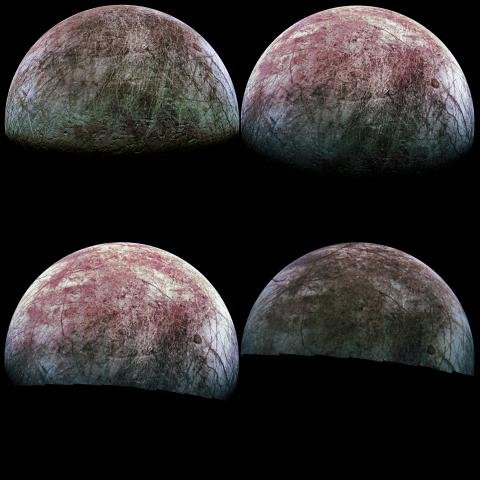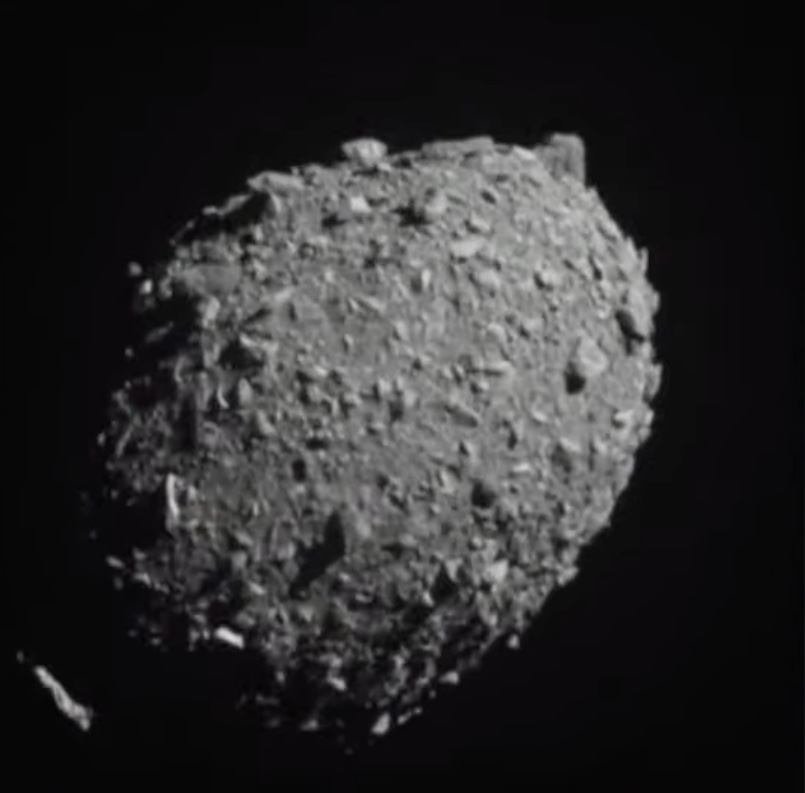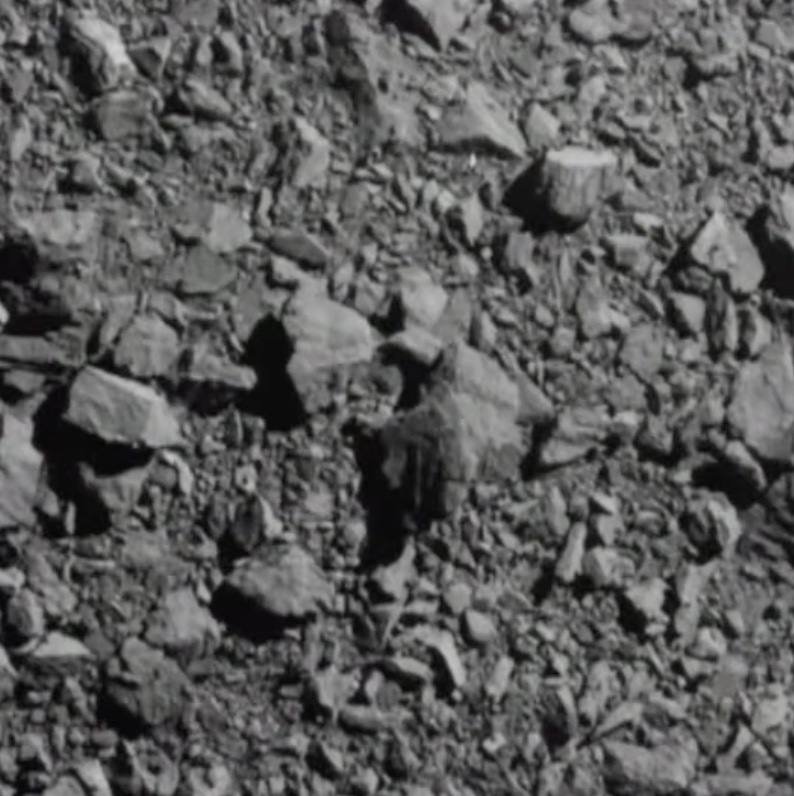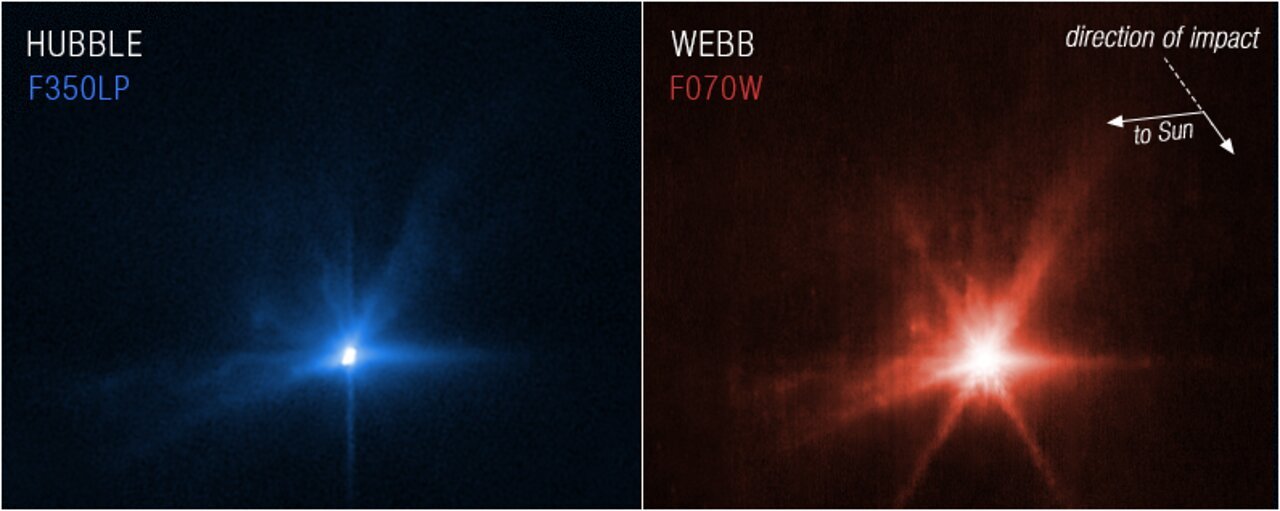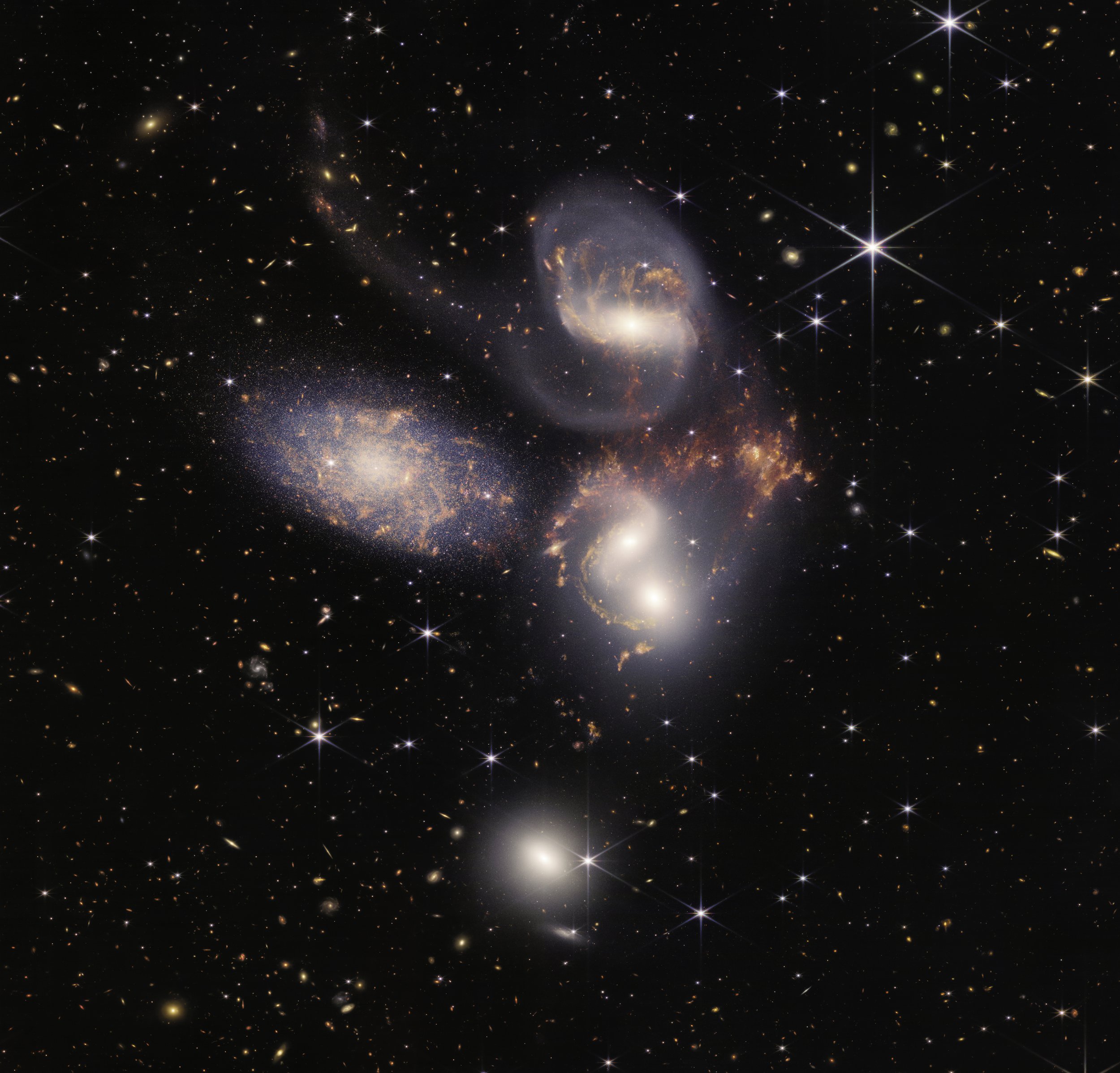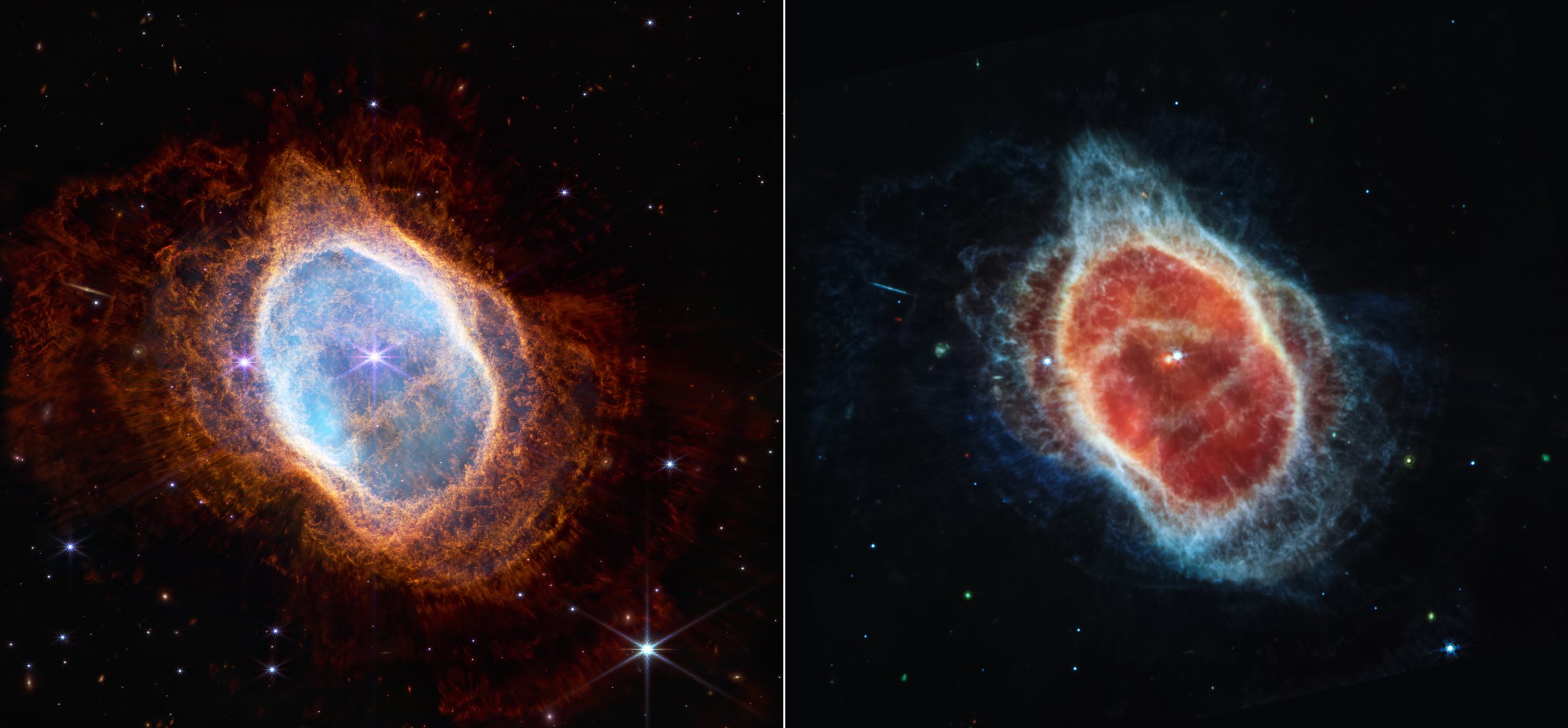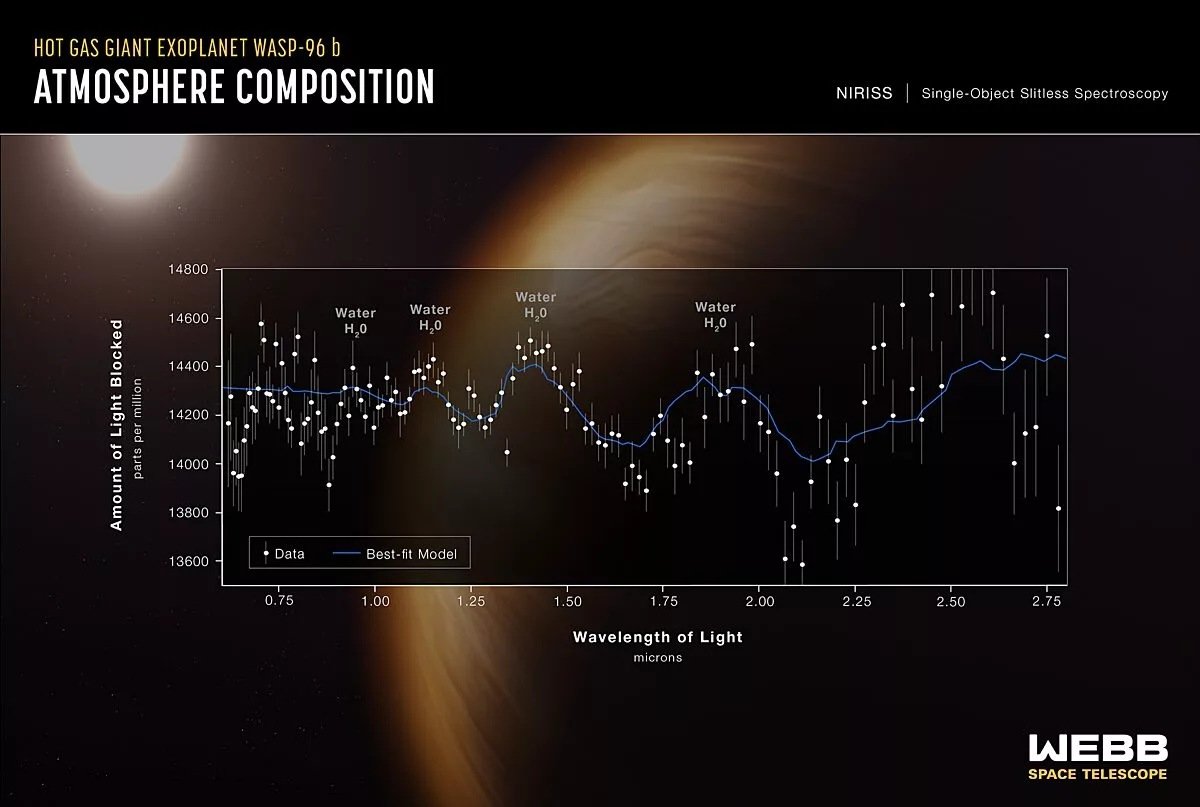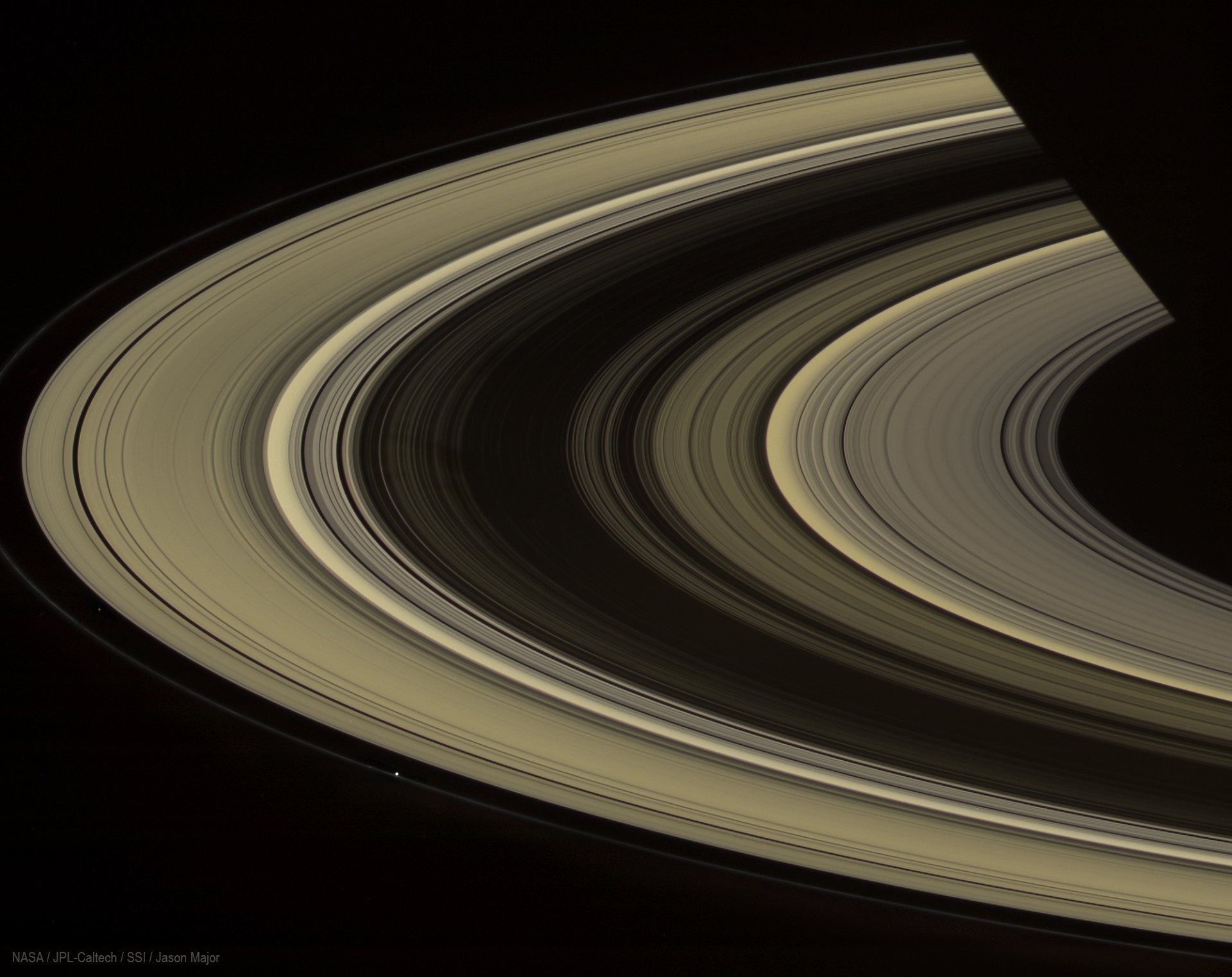For the first time in 52 years, an American craft has landed on the moon. And for the first time EVER, it's a private, commercial craft. The company is Intuitive Machines, and the craft is Odysseus.
It was a "spicy" landing, in the words of IM's CEO. As the target landing time neared, they realized that its laser rangefinders weren't working properly. So they implemented a workaround to get the required altitude and velocity data, pressing into service an experimental NASA instrument aboard Odysseus called NDL ("Navigation Doppler Lidar for Precise Velocity and Range Sensing)."
The team delayed the planned touchdown by two hours to make the fix, which required them to beam a software patch to Odysseus from mission control in Houston. That is a heroic effort and an incredible achievement by the engineers at IM.
Now, Odysseus IS somewhat...sideways. See the pic for the adorable reenactment IM performed at the press conference yesterday. But slightly off-kilter or not, the craft is very much alive and doing science. It's solar panels are exposed and drawing power, virtually all of its payloads are accessible, and nothing got crushed. IM expects the craft to operate for several days before it loses that precious sunlight needed to power it.
This mission was part of a NASA initiative called the Commercial Lunar Payload Services Program, or CLPS, in which the space agency is paying private companies to deliver science experiments and other cargo to the lunar surface. (The failed Astrobotic Peregrine mission last month was the first CLPS mission, and there are I think 7 more scheduled over the next 18 months.)
Odysseur landed at the lunar south pole, which is about to be the hottest real estate in space, for one reason: water!
Link to a great article about the mission and the landing: https://www.universetoday.com/165864/odysseus-moon-lander-is-tipped-over-but-still-sending-data/
And a fascinating article out today with a behind-the-scenes look at the people at Intuitive Machines who saved the mission over and over again: https://arstechnica.com/space/2024/02/it-turns-out-that-odysseus-landed-on-the-moon-without-any-altimetry-data/


